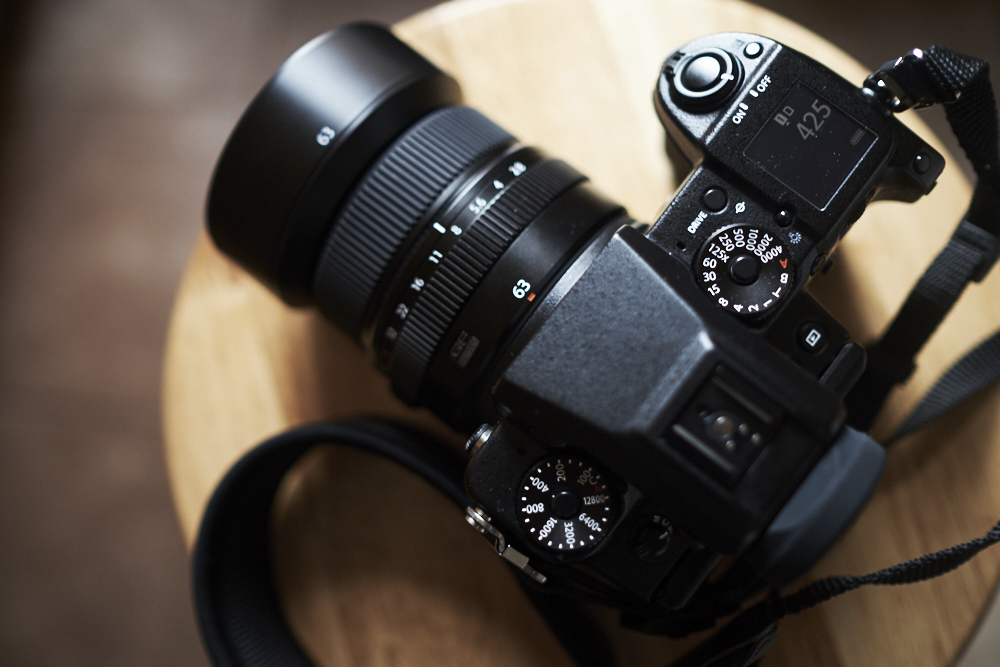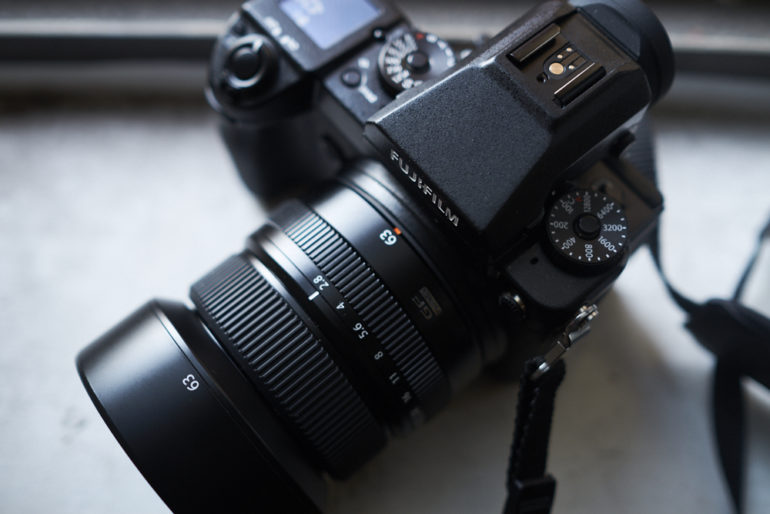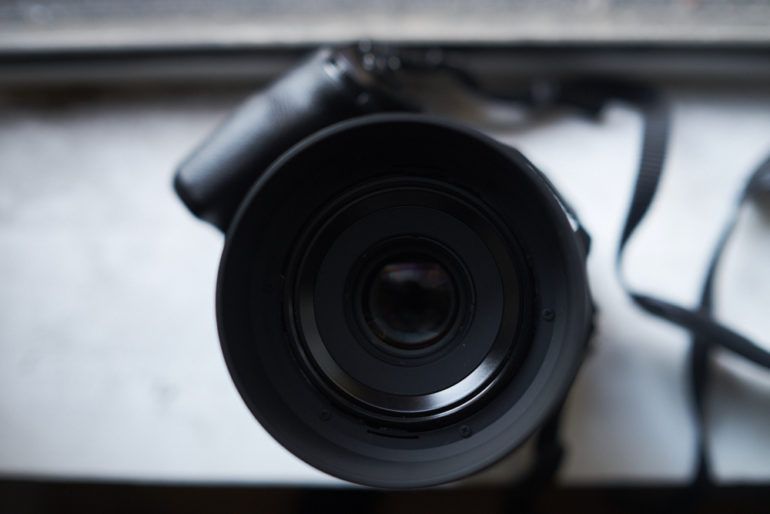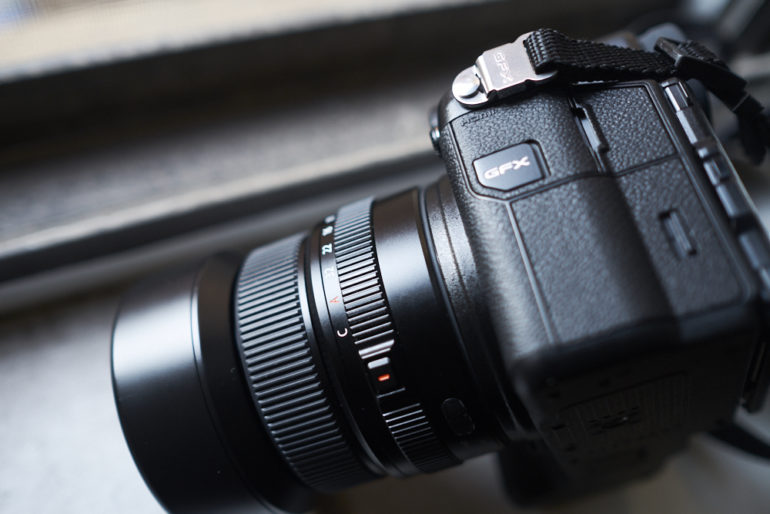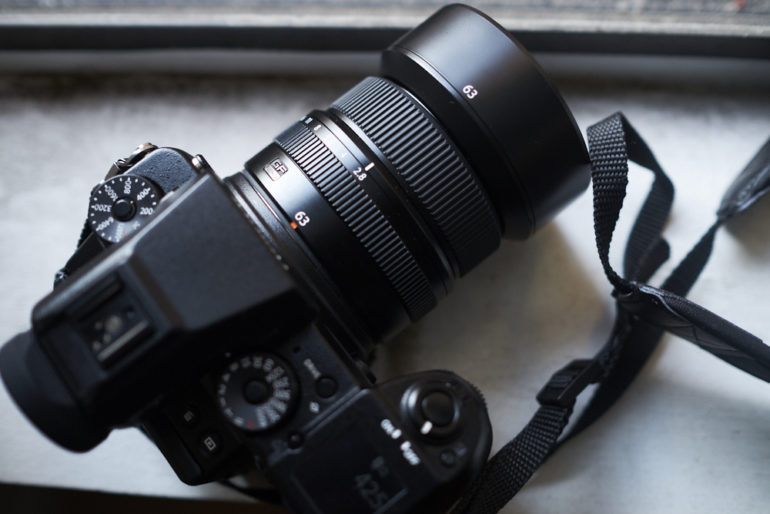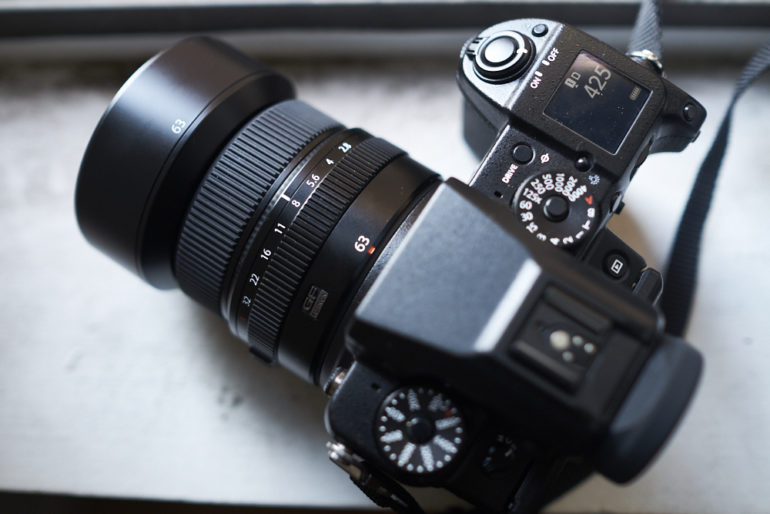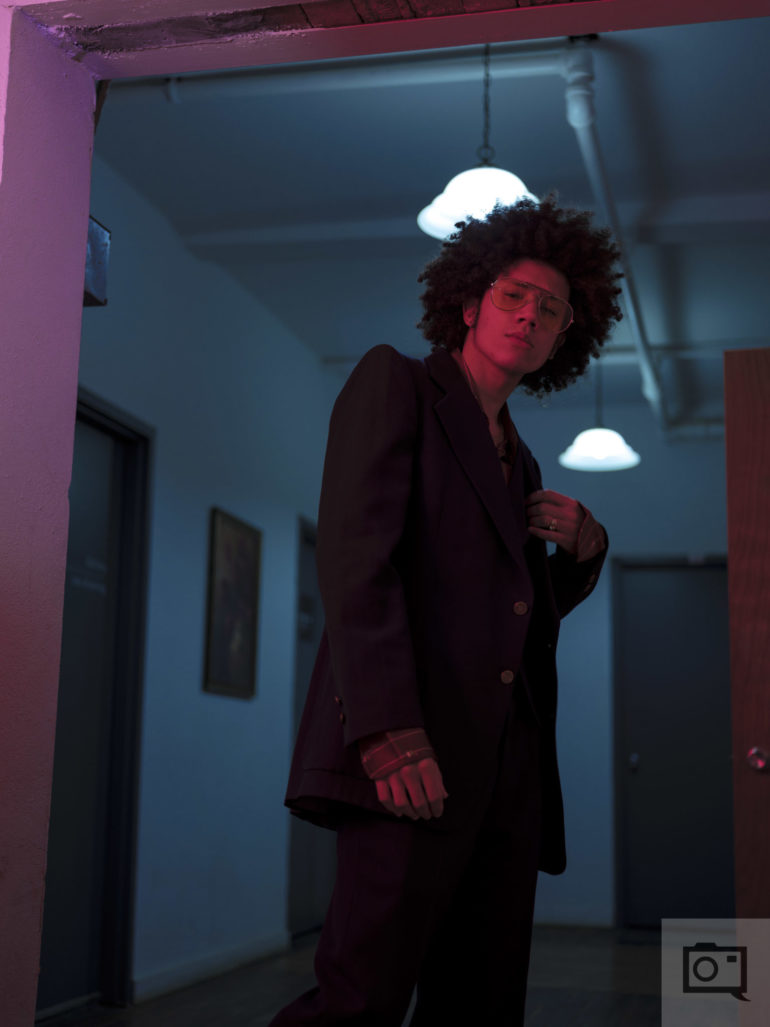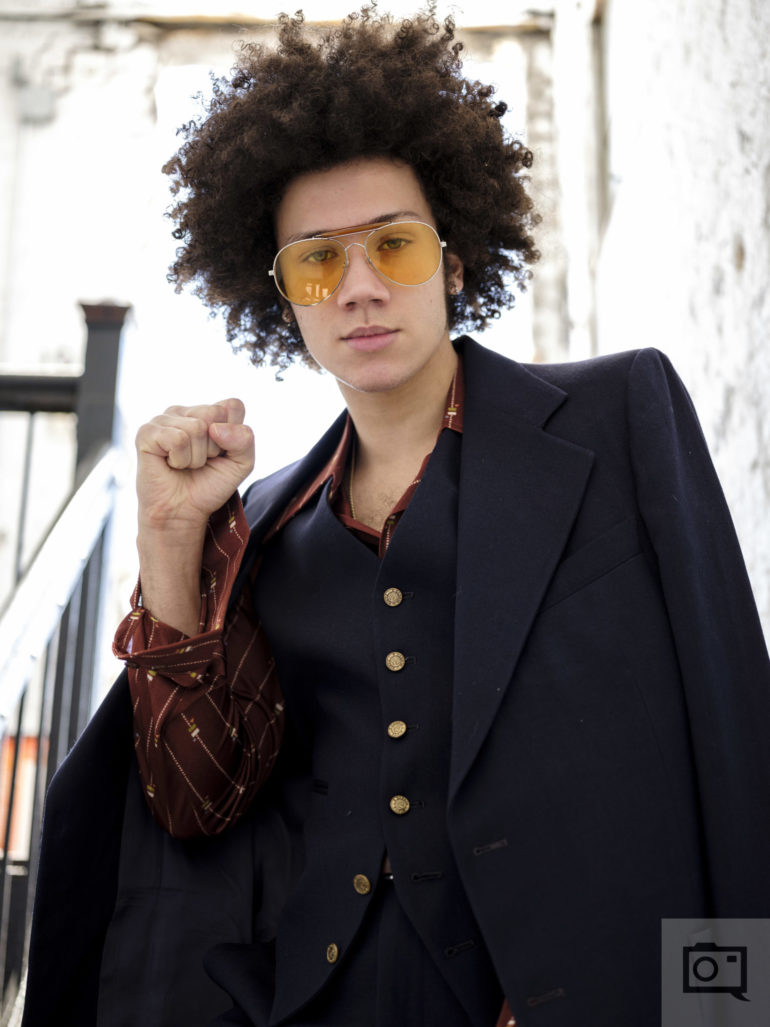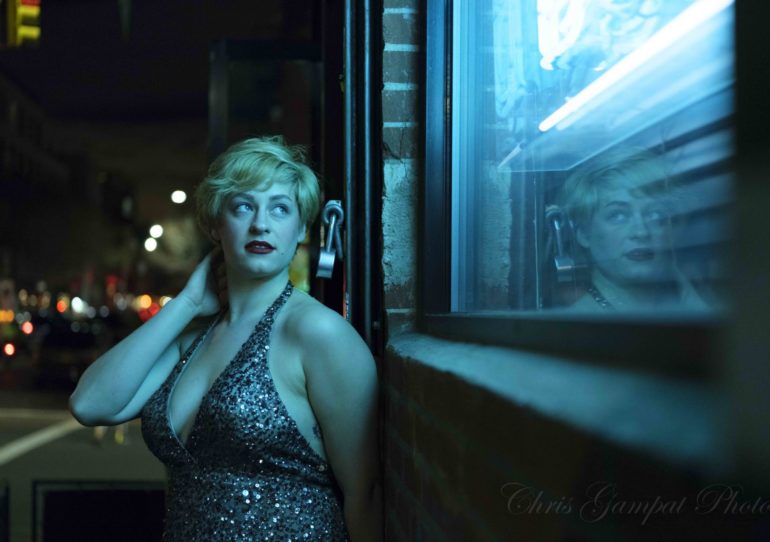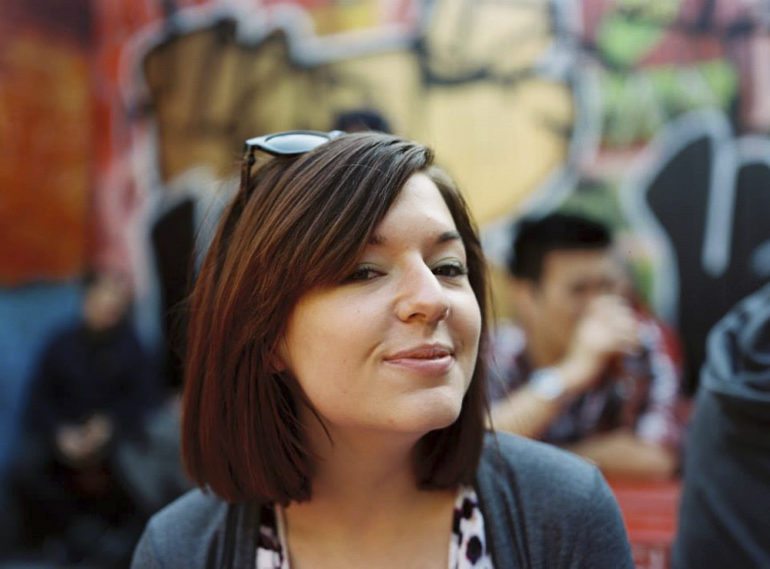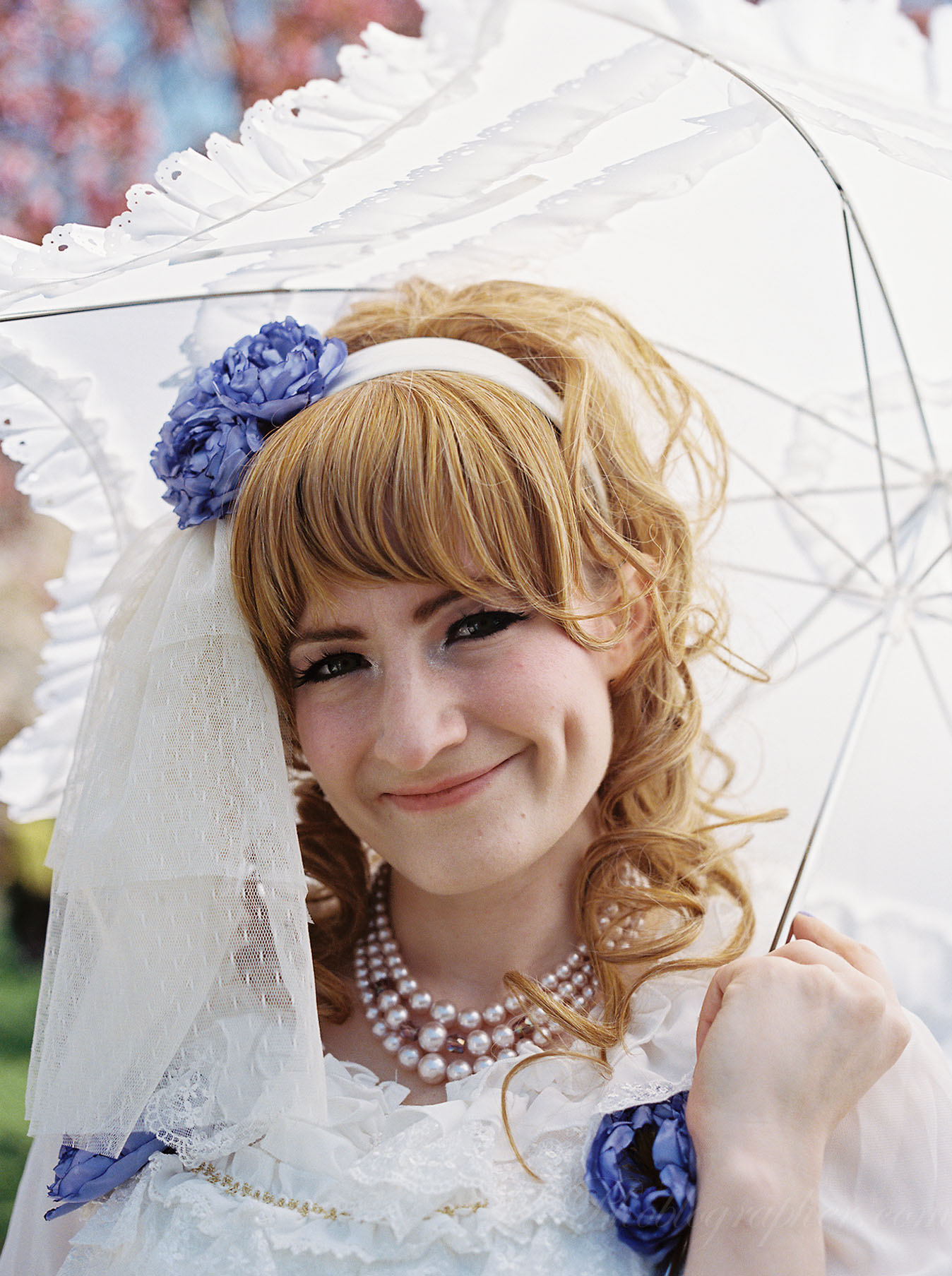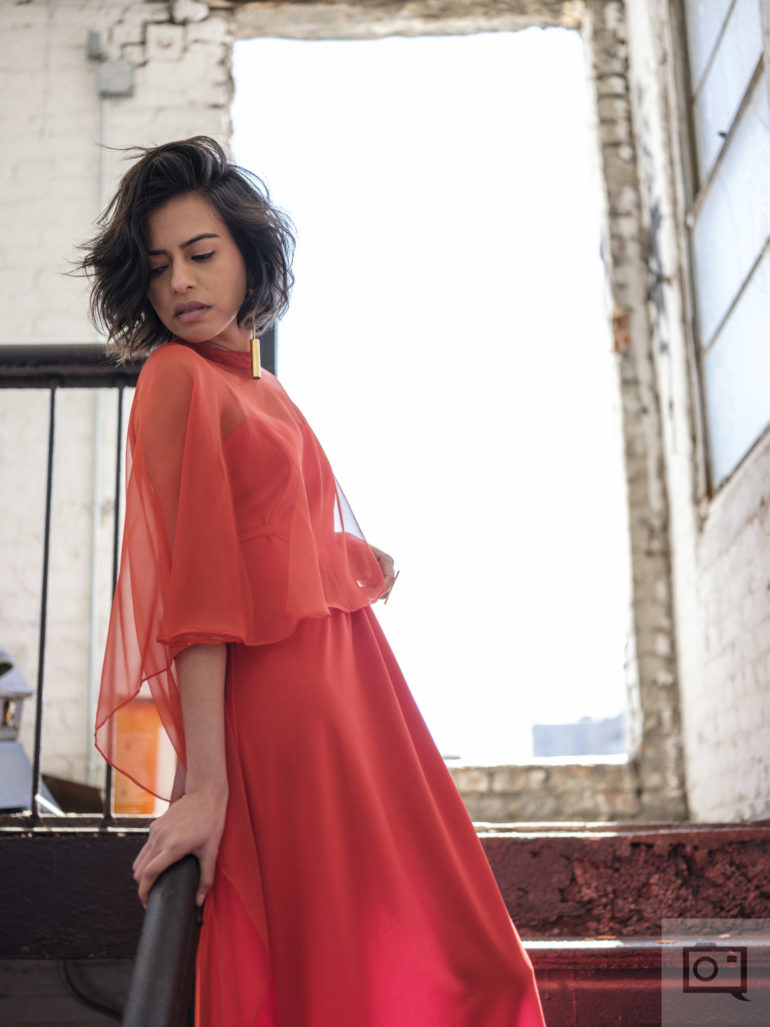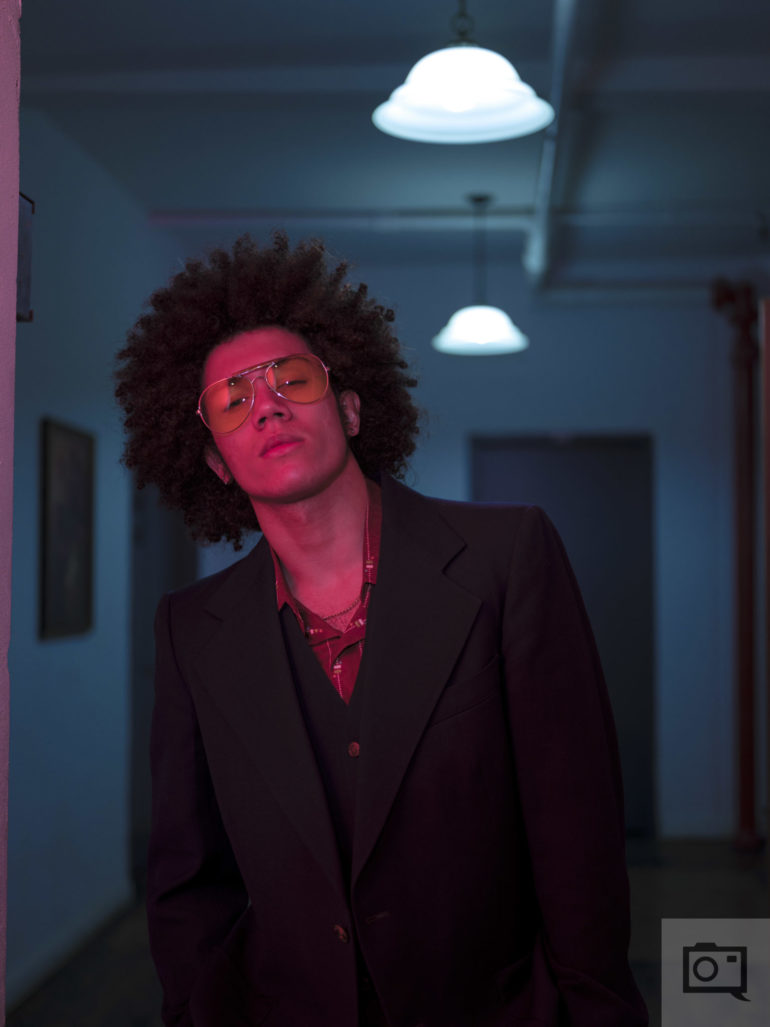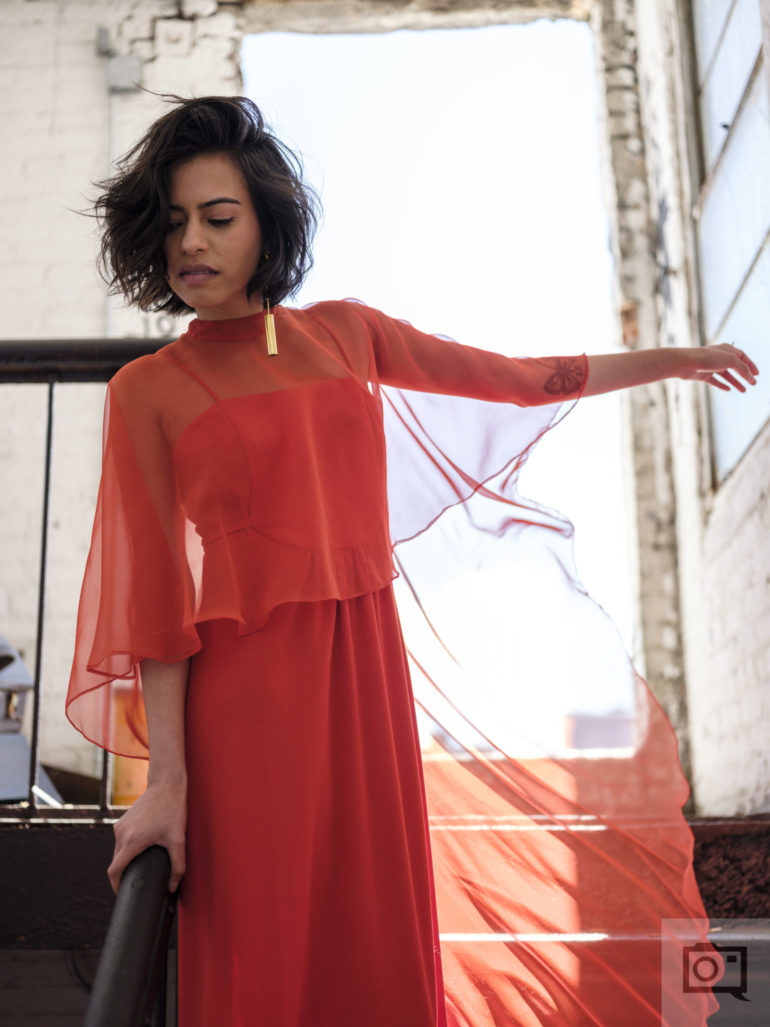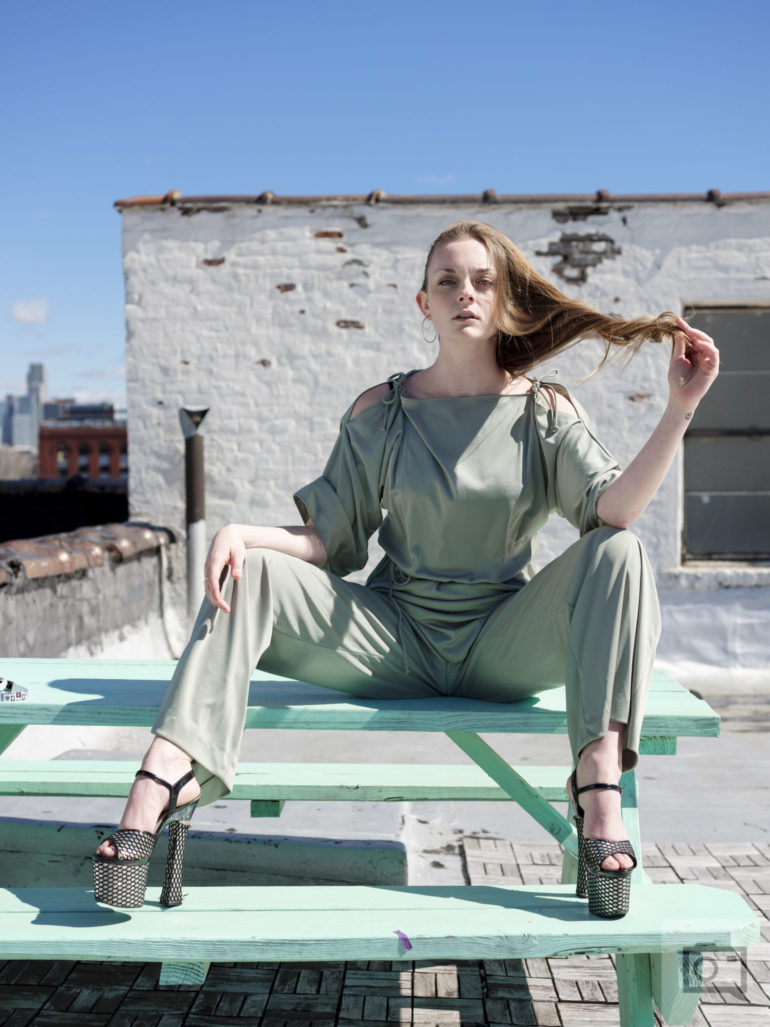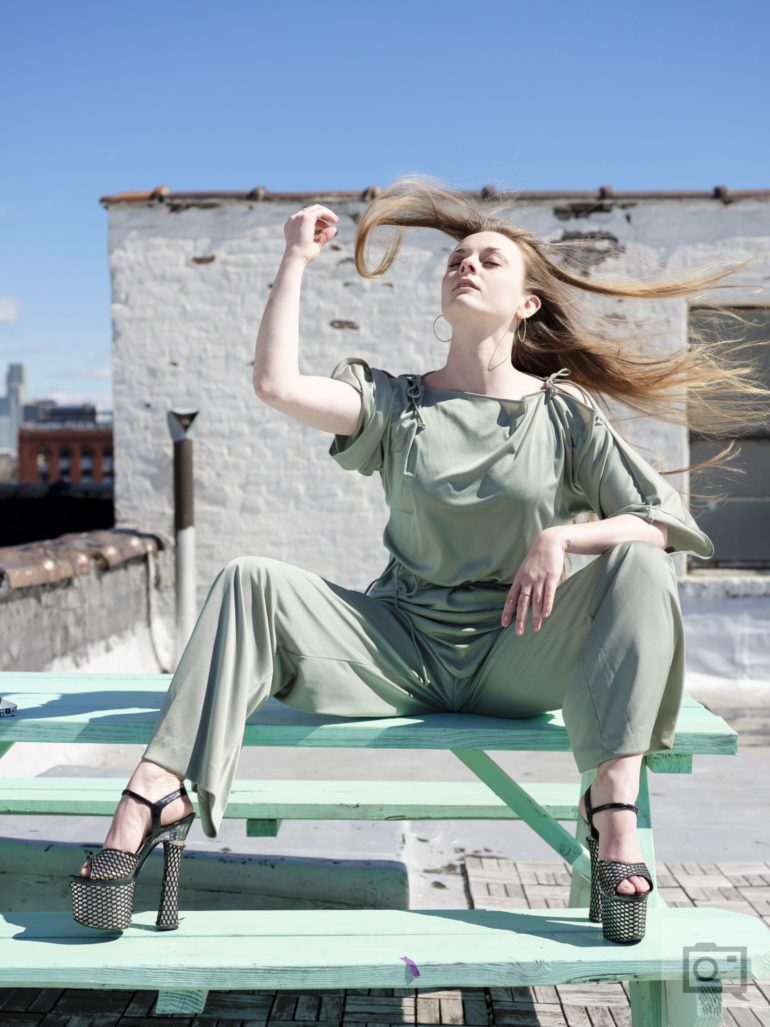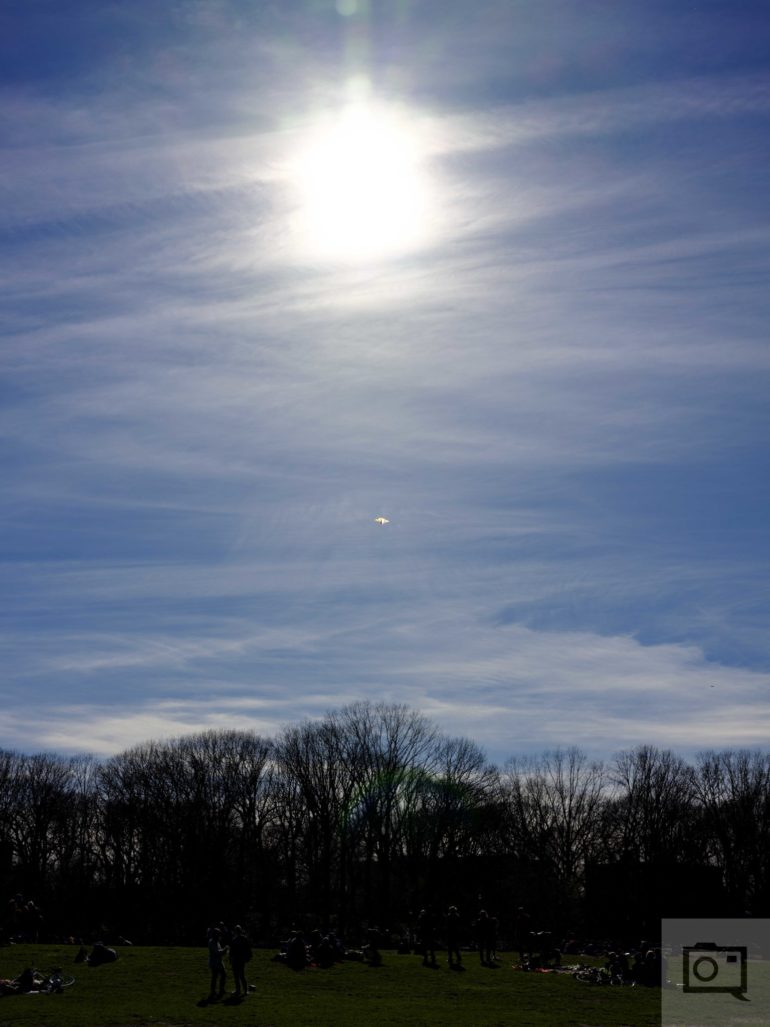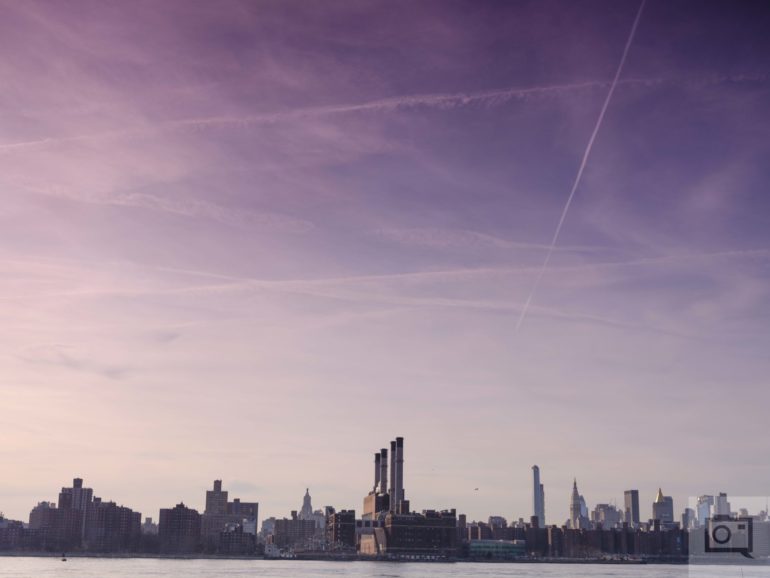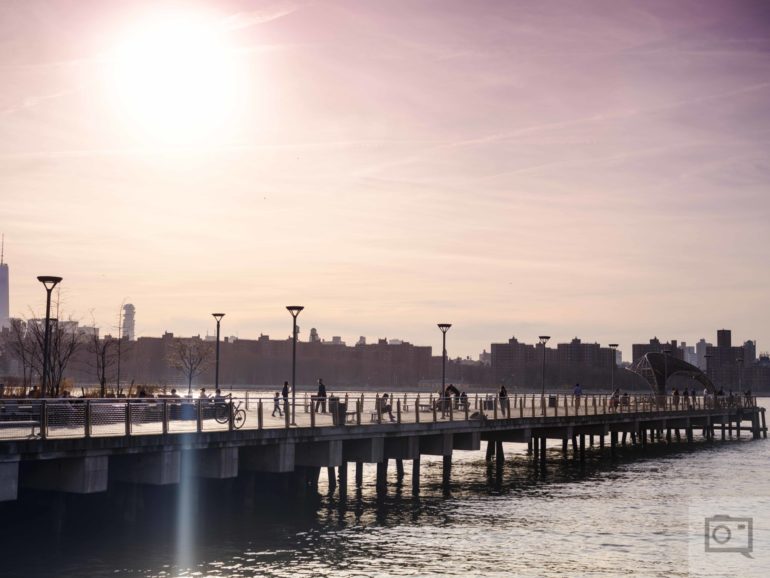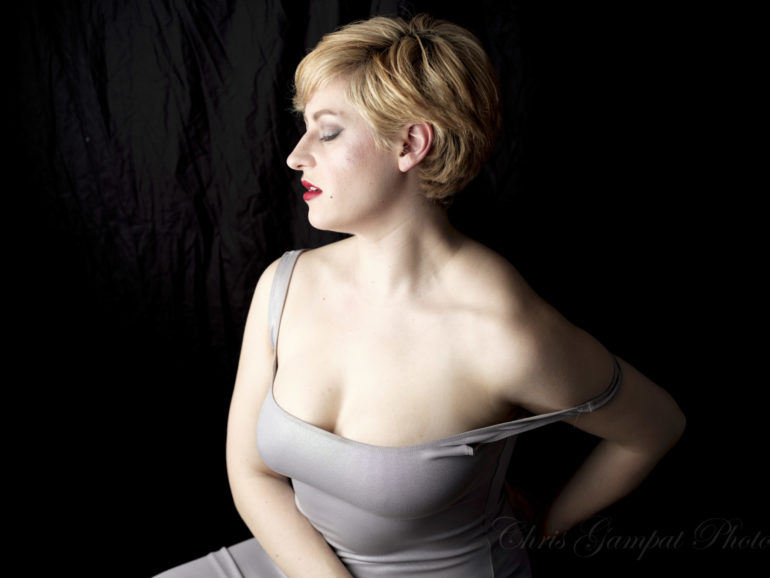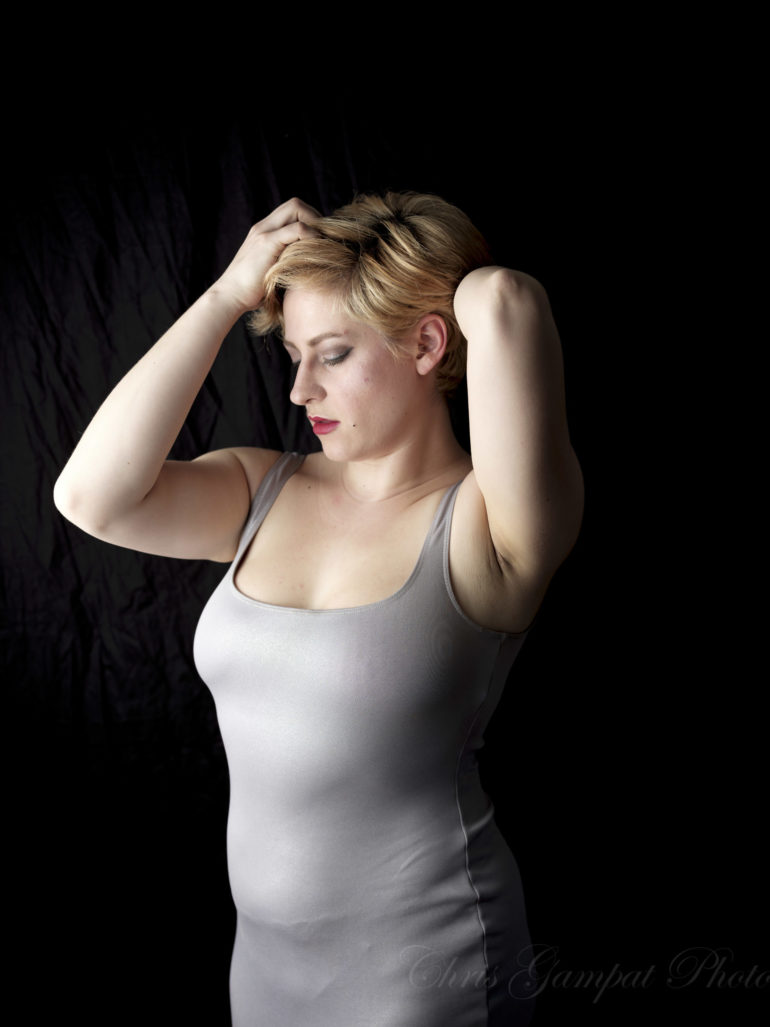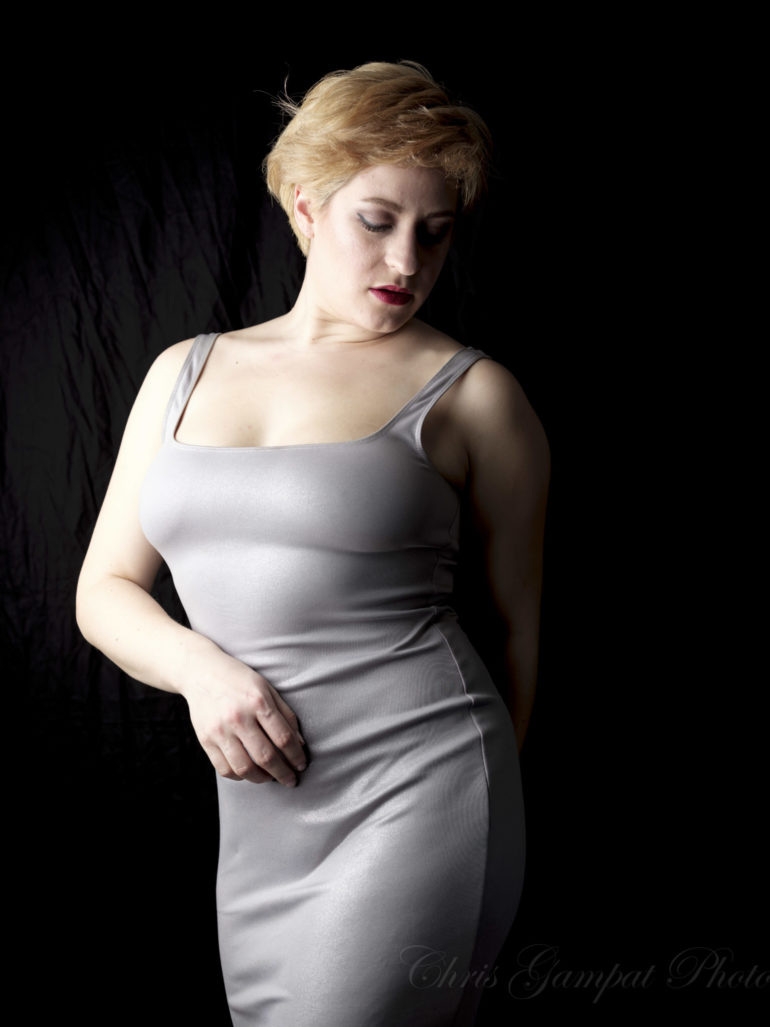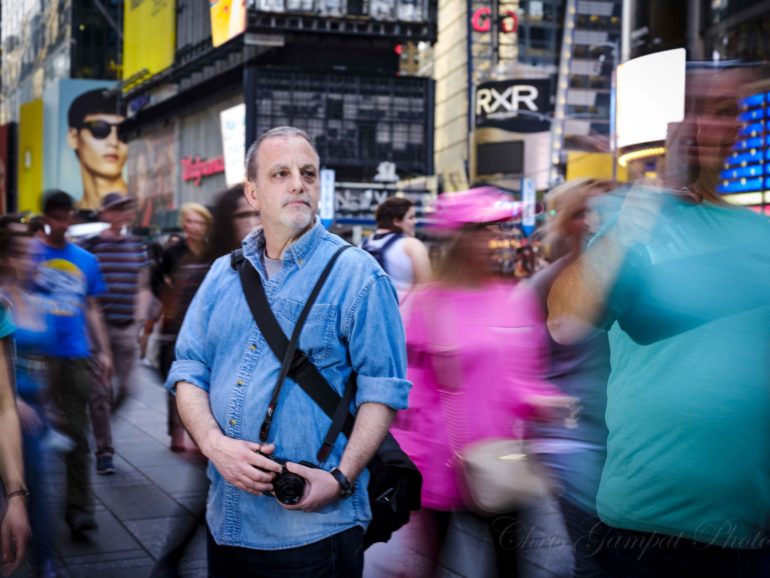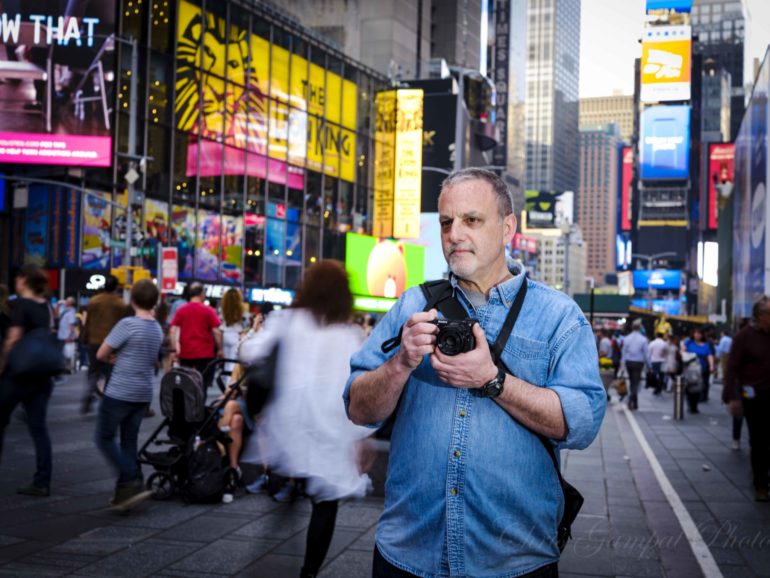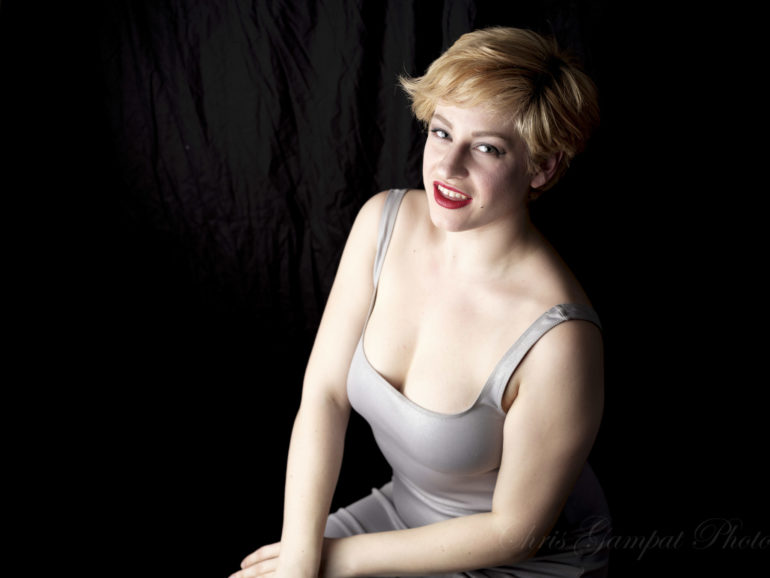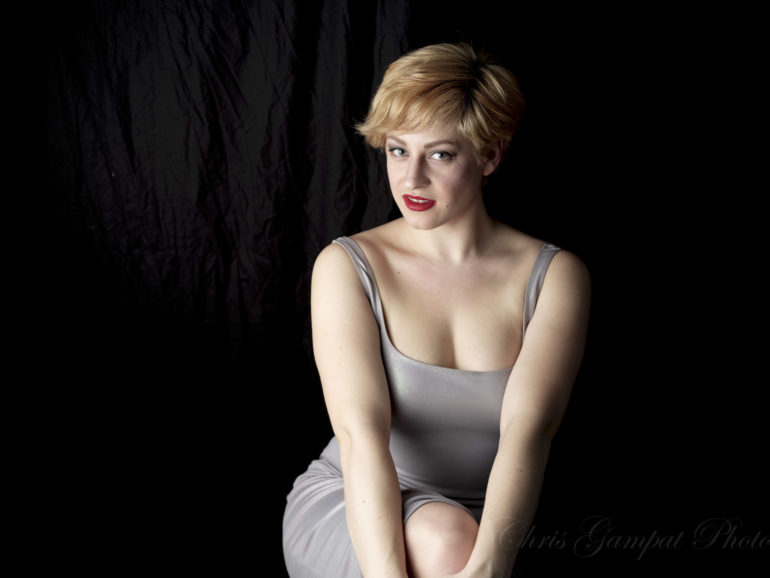Of course, the closest thing to a normal prime lens had to be the first thing that Fujifilm announced for their Medium format G Format; and to that end we got the Fujifilm 63mm f2.8 R WR lens. It’s an interesting move for Fujifilm. You see, when the X series was announced, the company debuted at least one f1.4 lens. But this time around, we got slow lenses. Yes, I’m aware that this is medium format, but there are f1.8 lenses in the 645 format–which is larger than G format.
Nevertheless, the Fujifilm 63mm f2.8 is a fantastic lens that I wasn’t sure I’d like. But a number of factors had me coming back to it over and over again.
Fujifilm 63mm f2.8 R WR Pros and Cons
Pros
- One of the faster G format lenses on the market at the moment
- Good image quality that is overly sharp when shooting portraits
- Very versatile lens
- Weather sealing
- Fast focusing
- Nice feel
Cons
- This is very personal, but I want faster medium format lenses for Fujifilm.
- Though this is a good lens I’m not sure it’s good enough to where you can clearly tell the difference between this lens and a 50mm lens in a 35mm full frame format.
Gear Used
The Fujifilm 63mm f2.8 lens was used on the Fujifilm GFX 50s and with various flashes and ND filters.
Tech Specs
Specs taken from the Fujifilm page listing.
| Type | GF63mmF2.8 R WR |
|---|---|
| Lens configuration | 10 elements 8 groups (includes 1 extra-low dispersion elements) |
| Focal length (35mm format equivalent) | f=63m (50mm) |
| Angle of view | 46.9° |
| Max. aperture | F2.8 |
| Min. aperture | F32 |
| Aperture control |
|
| Focus range | 50cm – ∞ |
| Max. magnification | 0.17x |
| External dimensions : Diameter x Length* (approx.) * distance from camera lens mount flange |
ø84.0mm x 71.0mm |
| Weight* (approx.) *excluding caps and hoods |
405g |
| Filter size | ø62mm |
| Accessories included | Lens Cap FLCP-62II Lens rear cap RLCP-002 Lens hood Lens case |
Ergonomics
The Fujifilm 63mm f2.8 R WR lens is one that is like many other normal medium format primes: it’s not too large, not too chunky, but instead it’s right in between. If you’ve used 75mm and 80mm 645 format primes then you know exactly what I’m talking about.
This lens is characterized first and foremost by the aperture ring, focusing ring, and that’s really about it. It’s also got a fair amount of what feels like metal on it.
The Fujifilm 63mm f2.8 R WR uses a 62mm filter thread; which is simple to remember. But remember the focal length of the lens!
The side of the lens incorporates a brand new feature for Fujifilm. Bringing the aperture to the C mode means that the camera will be able to control the aperture settings. While some professionals want this, I genuinely feel it robs Fujifilm one one of their best features: the dials. The system was either made for you and you know how to use it or not. That’s just how I’ve always felt when someone has complained about something like the ISO dial on the X Pro 2 or the shutter speed dial on the systems to begin with.
Build Quality
During our testing, we took the Fujifilm 63mm f2.8 R WR out into a small drizzle here in NYC. It survived. I wasn’t surprised though as the Fujifilm 23mm f2 R WR when mated to the X Pro 2 survived an incredibly hard rain storm here in NYC. Obviously, I expect a medium format camera system to do the same.
Ease of Use
This lens is perhaps going to be one of the easiest Fujifilm lenses to use. While some users are put off by and don’t understand the use of an aperture ring, the C mode on the Fujifilm 63mm f2.8 R WR puts that to rest. When in that mode, you can use the camera’s dials to control the aperture.
Something I feel this lens is missing is a good old depth of field scale. Zone focusing will need to be done using the EVF and for street photography I feel like that’s a bummer.
Autofocus
When mated to the Fujifilm GFX 50s, the Fujifilm 63mm f2.8 R WR is surprisingly fast to focus. In good lighting, it can hold its own with Sony’s cameras and G Master lenses. In low light, it will take a bit longer but it usually manages to get the focusing right.
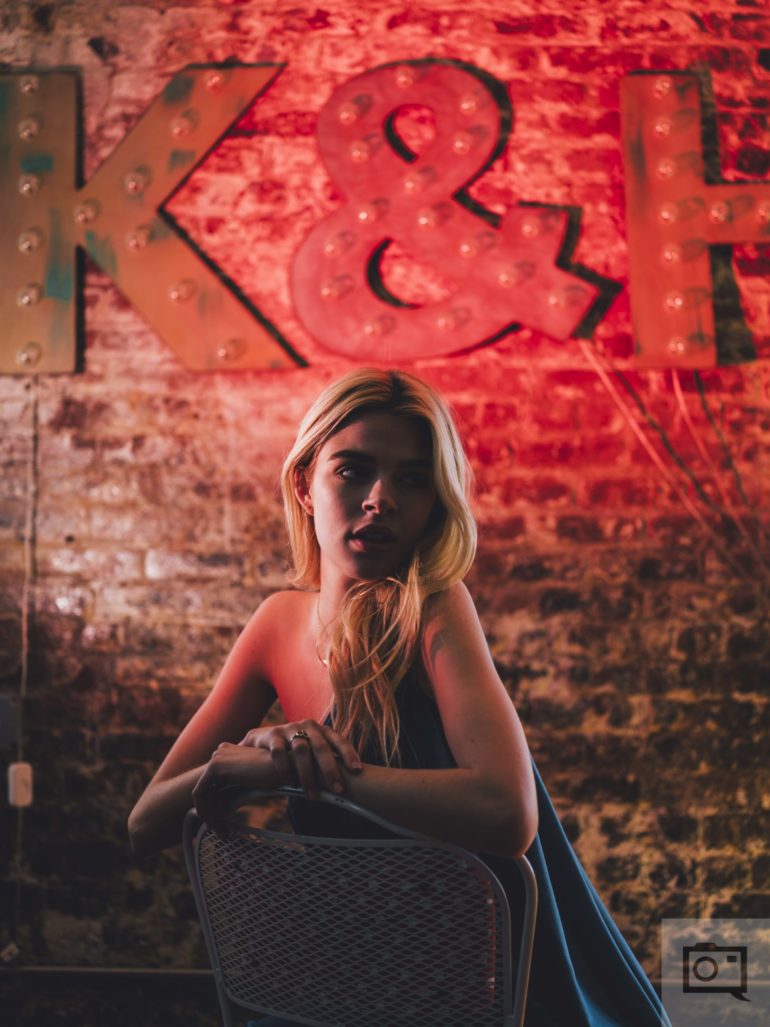
Image Quality
So here’s the really weird thing you may hear no one else say, but when I verify it with both staffers and contributors they all agree with me: these lenses are too sharp. Generally speaking, photographers wouldn’t have ever thought that would be said. But when you work with a lens this high quality, you start to see how it can be too sharp for portraiture. In fact, I’d be happy taking a UV filter, slapping some vaseline on it, and then shooting. Otherwise, you’ll need to do a whole lot of retouching. This goes for both using a flash and natural light.
While that sharpness is pretty much unparalleled, I still feel like this lens could have taken advantage of the sensor size more. A faster aperture (maybe faster than f2) could have helped to deliver a true medium format look. But at the moment, there isn’t enough here to make me want to invest into the G format system when a 35mm full frame system and lenses from both Canon and Nikon can deliver a similar enough look.
Put this against Medium format 6×9 though? Then we’re talking!
All this aside, the Fujifilm 63mm f2.8 R WR is a fantastic lens. It delivers in every aspect, but I still believe that for the format to rock (and I really want it to) it needs to be infinitely better and a justifiable purchase over a full frame 35mm full frame system. Right now, a Zeiss 55mm f1.4 Otus or Sigma 50mm f1.4 Art lens can both hold their own against this lens if you’re not pixel peeping.
Bokeh
To get the most bokeh from this lens, you’re obviously going to need to get up close and shoot wide open. But even then, you’re probably getting the equivalent of f2.2 at most at 50mm. The bokeh here is nice, but I’m not sure it’s enough.
Of course, again, I’m going to state that I’m biased. I’m an experienced Medium Format shooter and when I shoot with a 75mm f2.8 lens on a 645 system I get something much different.
These photos above and below are an example of the bokeh I can get with a proper 645 film system at f2.8 and with a 75mm lens. Again, I’m probably being biased here. But then in that case, why not just shoot film? Professional reasons aside, I sort of get it. But at the same time, you can get more bokeh from a 50mm f1.4 lens in 35mm full frame format.
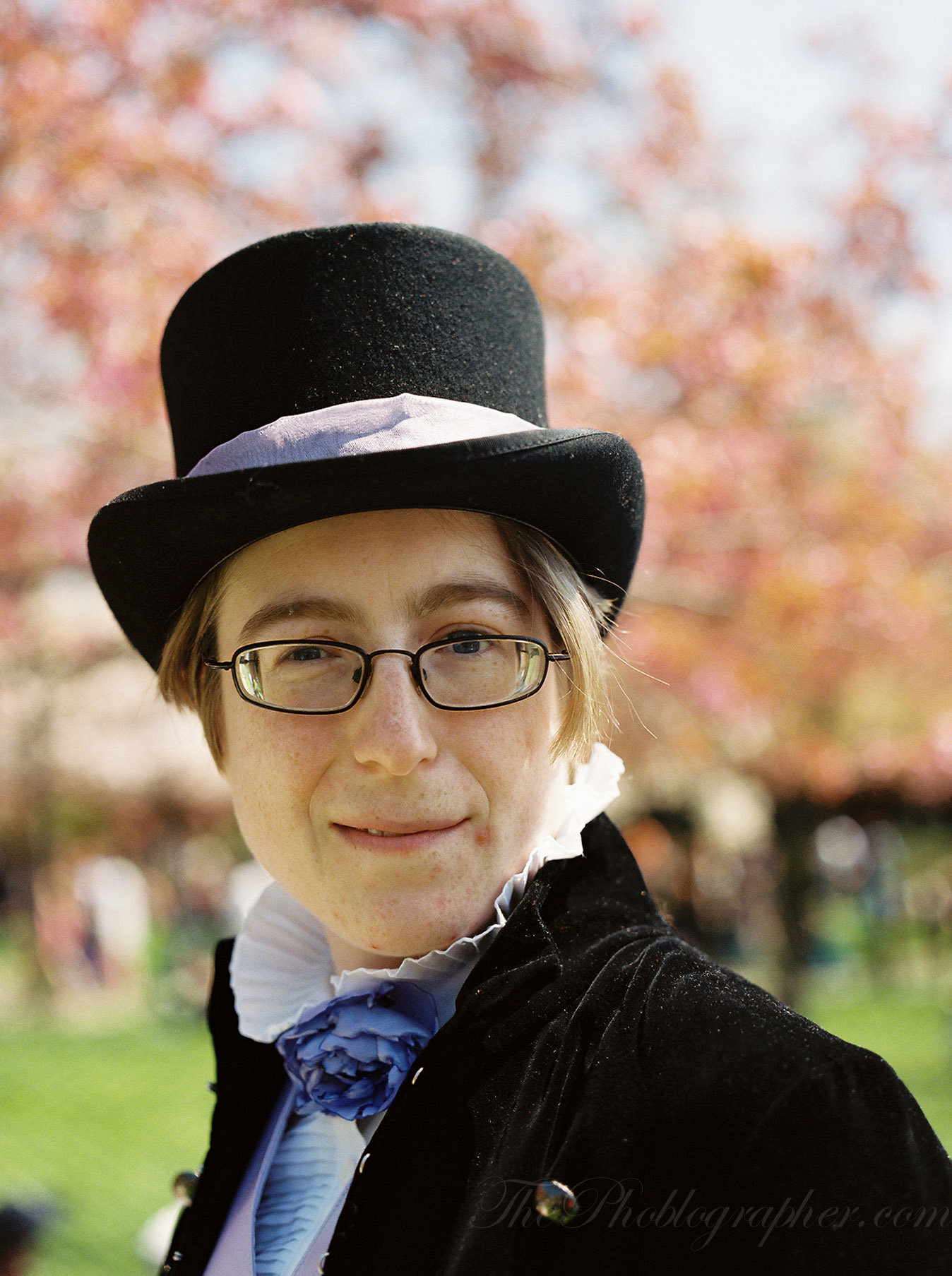
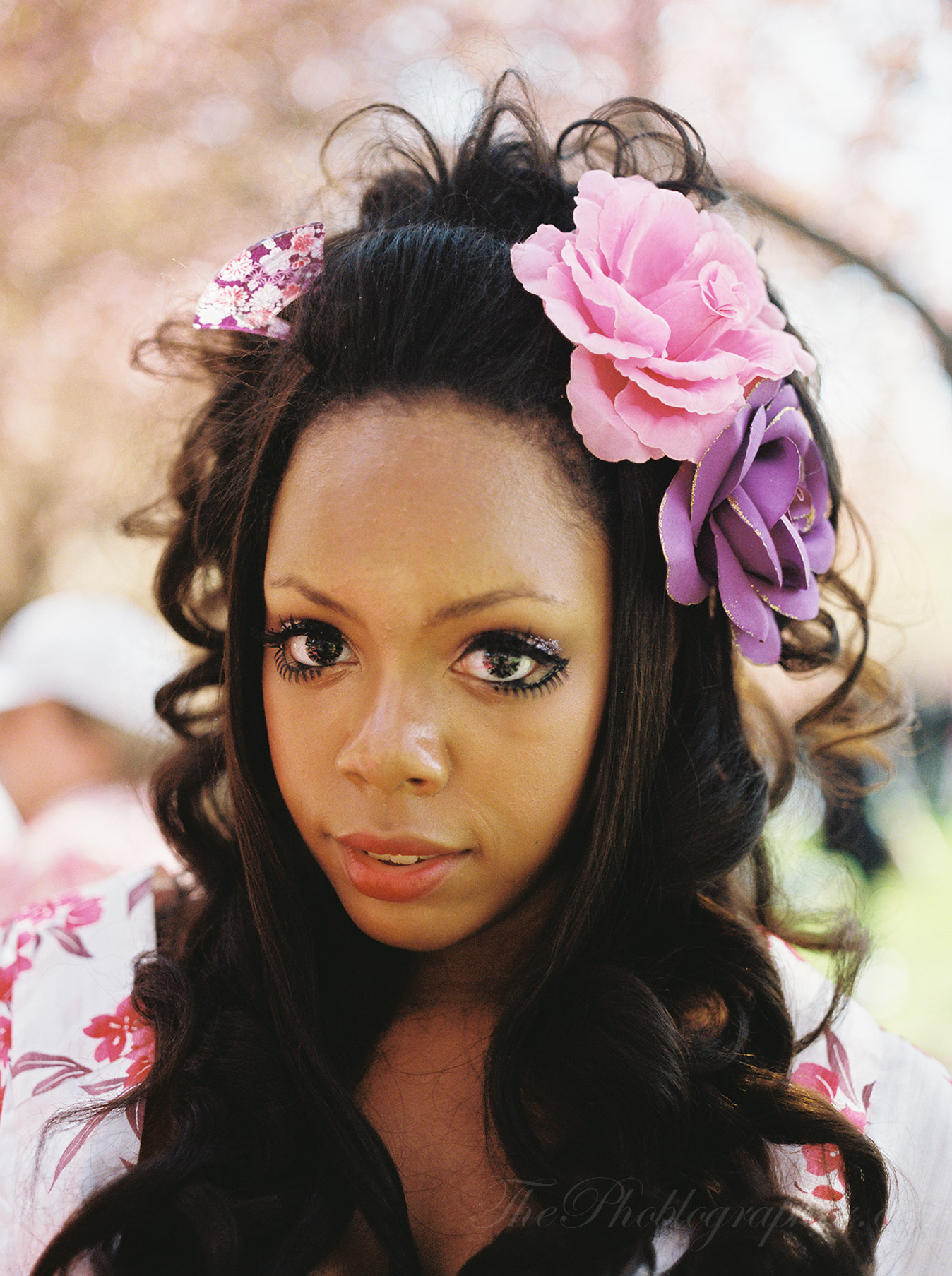
Chromatic Aberration
Here’s where this lens is really going to shine. Compare it vs a number of Bronica, Mamiya, Pentax, and even Phase One lenses and you’ll find zero chromatic aberration. There is fantastic distortion control (duh, it’s medium format) and the looks you can get are a pixel peeper’s dream.
Color Rendition
Color in the Fujifilm camera system is really reliant on the film simulation that you’re using. I personally try to stick to more traditional film style ISO settings and match those films to them. With that said, Astia at ISO 100 is some of my favorite. However, Pro Negative High Contrast and Standard are both nice at ISO 400 or higher.
Acros is beautiful when shooting at a higher ISO.
Sharpness
As I’ve stated in previous paragraphs, I genuinely feel like this lens, when working in conjunction with a flash and the GFX 50s, can be too sharp for portraits if you pixel peep. You’ll need to do a lot of retouching work and you’ll see pores beyond belief.
Get a softening filter; like, seriously.
Extra Image Samples
Fujifilm 63mm f2.8 R WR Lens Review Conclusions
Likes
- An overall solid lens
- Weather sealing
- Great for landscapes
- Fast autofocus
Dislikes
- I wish it had a faster aperture
Fujifilm for years has made fantastic lenses, and the Fujifilm 63mm f2.8 R WR lens is really no exception. It’s sharp, in fact it’s probably too sharp for portraits. I really recommend it for landscape photographers. The lens also has nice bokeh, a great build quality, focuses quickly, and can have terrific colors. For the very digital photographer, this is a dream.
And now here is where I’m going to be very personally biased…
I think Fujifilm needs faster lenses to really make the G format system rock. At the moment, this lens is the equivalent of a 50mm f2.2 lens at best. We need f1.8 lenses at least in medium format to make this really work; and if Fujifilm came out with medium format f1.4 lenses, I’d completely shut my mouth and eat my words. But at the moment, these lenses aren’t doing what the sensor is capable of any real justice. As a product in and of itself, it isn’t a bad lens at all. But to be fair, no one is making bad lenses. They’re all fricken’ terrific; and I think that’s the issue. Nothing is standing out leaps and bounds better than anything else. But medium format will need that in order to compete with 35mm full frame systems. And of any company out there, Fujifilm is the one that can really do it.
The Fujifilm 63mm f2.8 R WR lens receives five out of five stars. It’s a good lens, but I am also expecting much better. Want one? They’re pretty affordable over at Amazon.


